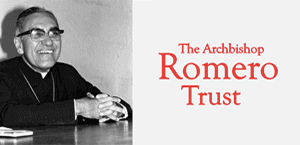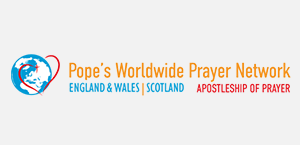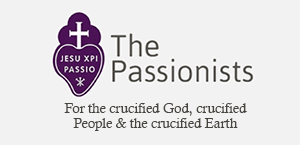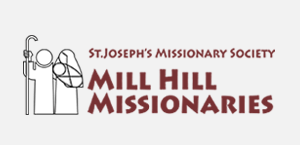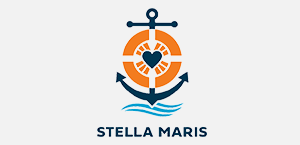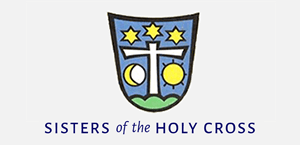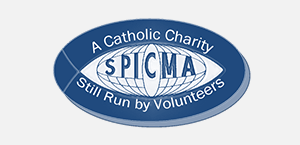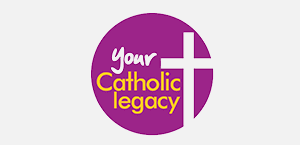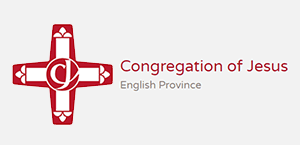Gospel in Art: People travelled from Judaea, Jerusalem, Idumaea, Transjordania, Sidon...
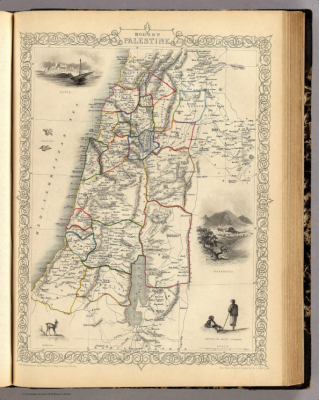
Map of Ottoman Palestine in 1851, Maps drawn and engraved by J. Rapkin, H. Warren, J. Rogers, J. & F. Tallis © Wikimedia Commons
Source: Christian Art
Gospel of 19 January 2023
Mark 3:7-12
Jesus withdrew with his disciples to the lakeside, and great crowds from Galilee followed him. From Judaea, Jerusalem, Idumaea, Transjordania and the region of Tyre and Sidon, great numbers who had heard of all he was doing came to him. And he asked his disciples to have a boat ready for him because of the crowd, to keep him from being crushed. For he had cured so many that all who were afflicted in any way were crowding forward to touch him. And the unclean spirits, whenever they saw him, would fall down before him and shout, 'You are the Son of God!' But he warned them strongly not to make him known.
Reflection on the Cartography of Palestine
We sometimes tend to forget how much Jesus travelled in order to spread the Good News and how much people travelled to see Jesus. Today's short Gospel reading starts with telling us that people came from Judaea, Jerusalem, Idumaea, Transjordania and the region of Tyre and Sidon to hear what Jesus had to say. That is a lot of travelling! Looking at this map of Ottoman Palestine in 1851, we see most of these places on the map.
We don't know exactly all the places Jesus travelled to or how many miles he walked, but he covered substantial territory during his three-year ministry. He was keen to spread the message everywhere around him. Jesus could have easily found a base somewhere and let people come to him, but no, he wanted to get up, travel, explore new places, new cities and new people. This is a major point as well for when debates were arising in the Early Church to resolve the question: did Jesus come just for the Jewish people or also for the non-Jews, the Gentiles? The travels of Jesus and His relentless marching towards new people would help prove the point that the Christian faith was there for everyone, not just for the Jewish people. Note also how the few non-Jews with whom Jesus interacted receive special mention in the gospels.
Our image of today, a beautiful map, is a great example of cartography. Cartography is the art and science of making maps. The oldest known maps are preserved on Babylonian clay tablets from about 2300 B.C. Whilst cartography was considerably advanced in ancient Greece, it was during the Medieval period that maps developed extensively. Often Christian centres were highlighted. With the invention of printing, maps were much more widely available from the beginning in the 15th century, and the art form boomed. The creative interplay between map making and the Christian faith is a whole fascinating area of study in itself.
LINKS
Gospel in Art: https://christian.art/
Today's reflection: https://christian.art/daily-gospel-reading/mark-3-7-12-2023/









